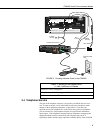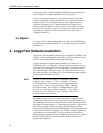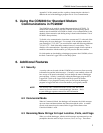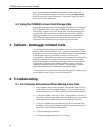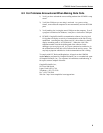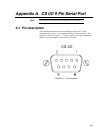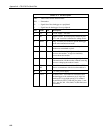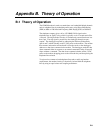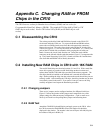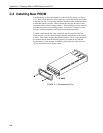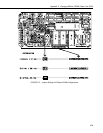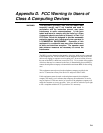
B-1
Appendix B. Theory of Operation
B.1 Theory of Operation
The COM300 modem is used to transmit data over bandwidth-limited channels
such as telephone lines by modulating audio tones, using Phase Shift Keying
(PSK) at 9600 or 1200 baud and Frequency Shift Keying (FSK) at 300 baud.
The telephone company gives a 40 to 150 VRMS, 20 Hz signal on the
telephone lines to signify a ring, which is typically on for 2 seconds and off for
4 seconds. The ring detection circuitry is continuously powered but draws less
than 2 µA. The ring signal is passed on to the datalogger through an opto-
coupler. The datalogger responds by addressing the modem synchronously
(pins 6 and 7) which switches on the 5 VDC power to the modem. The modem
then answers and remains off-hook until it loses the carrier or the datalogger
addresses a shut down command to the modem. The datalogger sends the shut
down command either in response to an external command or after 40 seconds
elapse without a command. The shut down command switches off the 5 VDC
power to the modem, dropping power to the off-hook relay and thus placing the
telephone line on-hook.
To reject noise common to both telephone lines and to satisfy registration
requirements, the modem circuitry is electrically isolated from the telephone
lines by using an opto-isolator and coupling transformer.



